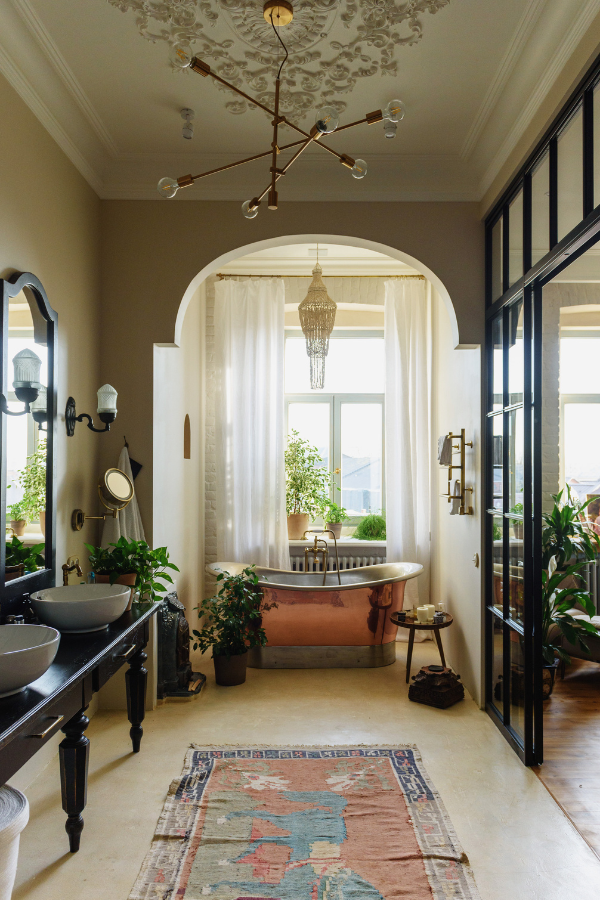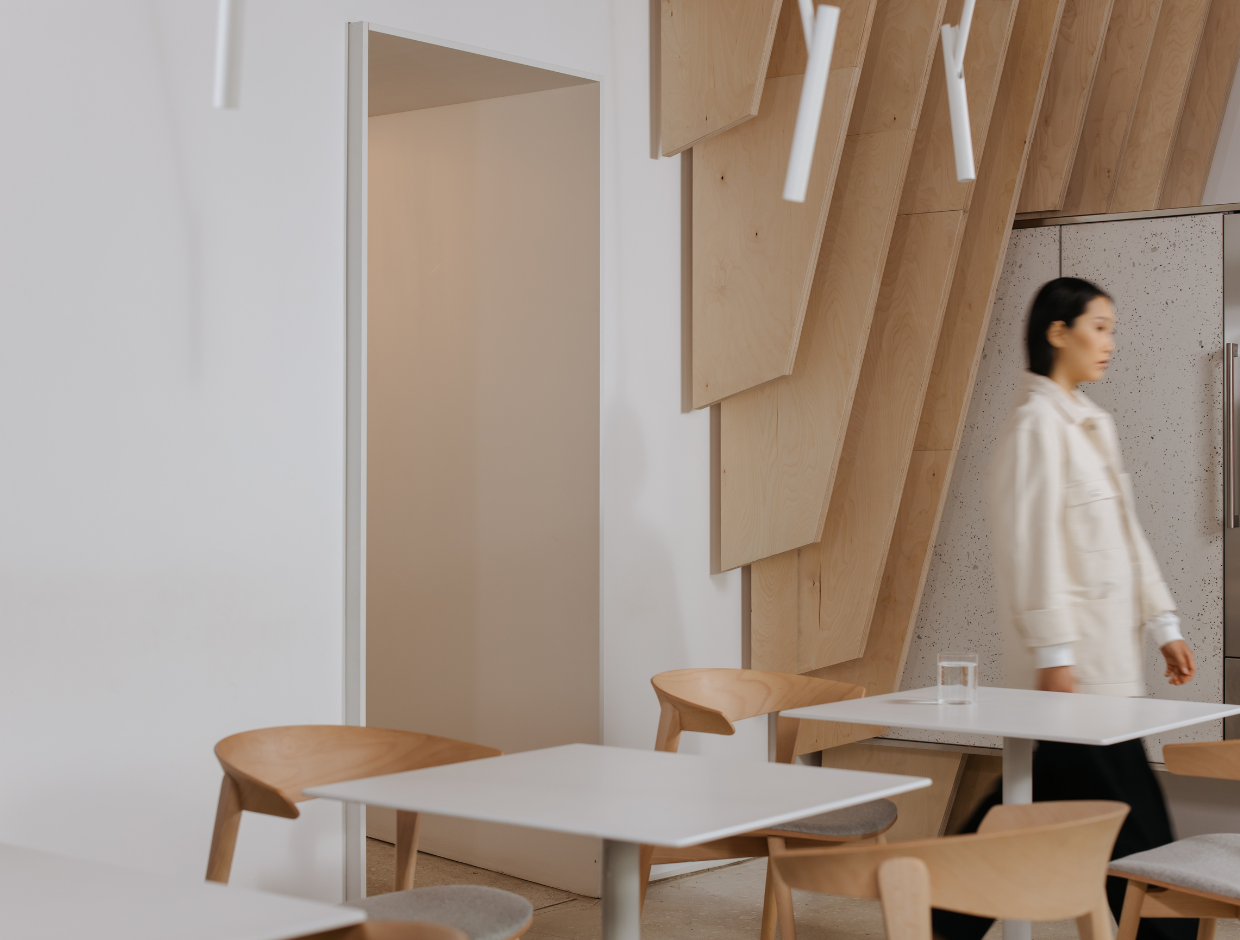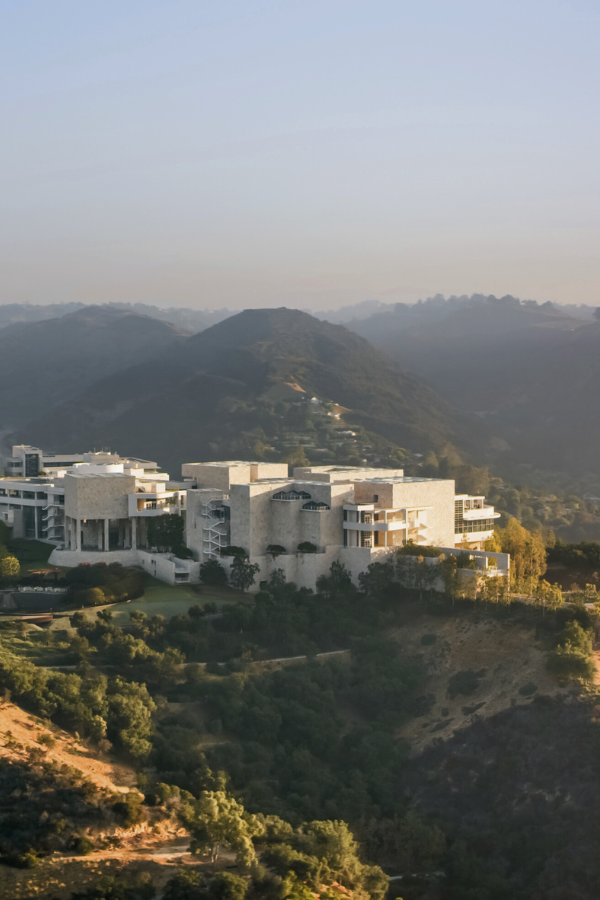

Museums in the US With the Most Intriguing and Notable Architecture
Summary
This article explores the impactful role of architecture in U.S. museums, highlighting how innovative designs enhance visitor experiences and engagement. It showcases notable examples such as the Guggenheim Museum in New York and the Getty Center in Los Angeles, discussing the evolution of museum architecture from classical to contemporary styles, and how these buildings reflect the museums’ missions and cultural narratives.
Reflection Questions
- How does the architectural design of a museum influence your perception and interaction with the exhibits?
- In what ways do the materials and layout used in museum architecture communicate the institution’s values or historical context?
- Consider the balance between aesthetic appeal and functional design in museum architecture. How do these elements coexist and why are both important?
Journal Prompt
Reflect on a museum you have visited where the architecture significantly impacted your experience. Describe how the design elements influenced your emotional and intellectual engagement with the exhibits. Consider aspects like space, light, and material use in your response.
Architecture is a central aspect of museums, shaping the way visitors experience and engage with arts, history, and culture. In the United States, several museums stand out not only for their impressive collections but also for their intriguing and notable architectural designs. In this article, we will look at the historical context of museum architecture, examine some of the most captivating examples in the U.S., and ponder the future trends that will continue to shape these cultural landmarks. From New York to Miami and from California to Chicago, there are countless museums that showcase amazing architecture. Read on to learn more!
The Relationship Between Architecture and Museums
Museum architecture has a rich history that parallels the evolution of societal values and artistic expression. Early museums, such as the Louvre in Paris, set the stage with classical architectural styles reflecting the grandeur and permanence of the collections they housed. In the U.S., the concept of public museums emerged in the 19th century, with institutions like the American Museum of Natural History and the Smithsonian Institution incorporating neoclassical elements into their designs.
As the 20th century unfolded, museum architecture underwent a transformative journey. Architects began experimenting with innovative designs that went beyond the traditional confines of neoclassicism. This shift was influenced by the desire to create spaces that not only showcased artifacts but also engaged visitors on a deeper level. The result was a diverse range of architectural styles, from modernist masterpieces to avant-garde structures that challenged conventional norms.
Architectural design serves as a powerful tool for conveying the mission and purpose of a museum. The layout, materials, and overall aesthetic communicate the institution’s values and intentions. For instance, a museum dedicated to contemporary arts might opt for a sleek and minimalist design, reflecting the avant-garde nature of its collections. On the other hand, a historical museum could incorporate classical elements to evoke a sense of nostalgia and connection to the past.
The Most Intriguing and Notable Museum Architectures
The Guggenheim Museum, New York City, New York


An unusual shape amid the bustling streets of New York City, the Guggenheim Museum was designed by the legendary architect Frank Lloyd Wright. This museum is a cultural beacon that epitomizes innovation and artistic brilliance. Established in 1959, Wright’s groundbreaking departure from rectangular layouts revolutionized museum architecture, giving rise to an iconic spiral structure that defies convention.
At the core of the Guggenheim’s design is the continuous spiral ramp, meticulously crafted to guide museum visitors through an immersive journey of art. This innovative layout ensures an uninterrupted ascent, providing art enthusiasts with unobstructed views of the exhibited masterpieces. Beyond a physical pathway, the spiral becomes a conduit for exploration and engagement, inviting patrons into a dynamic dialogue with a diverse array of artwork.
Wright’s architectural genius extends into the museum’s interior, where natural light gracefully flows through a central oculus, creating an ethereal ambiance that bathes the displayed collection. The Guggenheim is more than a physical space for art; it is a transformative experience that transcends traditional norms, a harmonious fusion of architectural innovation and artistic expression. This legendary intersection, embodied by Frank Lloyd Wright’s masterpiece, makes the Guggenheim a mandatory pilgrimage for those seeking profound encounters with art and architecture in the heart of New York City.
The Getty Center, Los Angeles, California


Perched atop the Santa Monica Mountains, the Getty Center in Los Angeles is an example of modernist brilliance, conceived by world renowned architect Richard Meier. A striking display masterpiece, the Getty Center seamlessly blends contemporary art and design with natural splendor, offering visitors panoramic views of Los Angeles from its stunning hilltop location.
At the heart of this architectural gem lies Meier’s visionary use of travertine stone, sourced from Bagni di Tivoli, Italy. Covering 1.2 million square feet, the fossilized travertine showcases a textured surface, ranging from light beige to honey, capturing the essence of Southern California’s bright light. The stone not only contributes to the Getty Center’s aesthetic allure but also unveils fossilized imprints of leaves, feathers, and branches, adding a unique touch to its exterior.
Meier’s design extends beyond visual appeal, emphasizing functionality and purpose. The Getty Center since the time it was established, houses the Getty Research Institute and administrative offices, with sunken gardens, terraces, and open spaces facilitating a seamless connection between indoor and outdoor environments. Richard Meier’s modernist masterpiece, coupled with the captivating hilltop setting and innovative use of travertine stone, makes the Getty Center a symbol of architectural and cultural excellence in the heart of Los Angeles.
The National Museum of African American History and Culture, Washington, D.C.
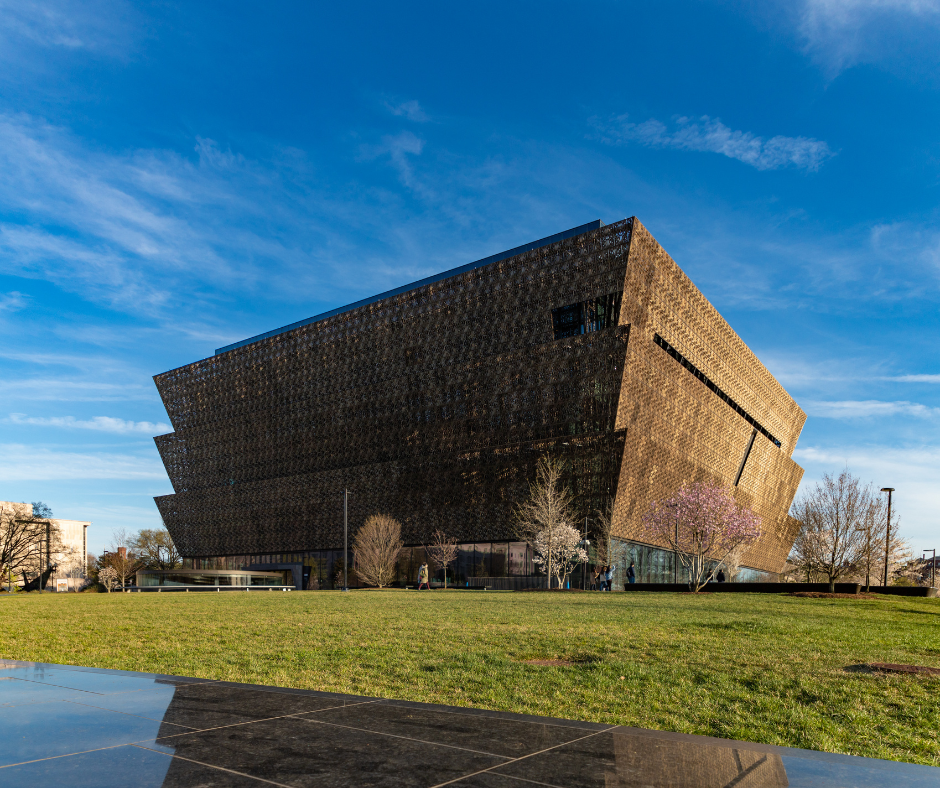

Designed by David Adjaye and Philip Freelon, the National Museum of African American History and Culture located in Washington, D.C. is a tribute to innovative design and cultural significance. The museum is situated on the National Mall. It maintains a subtle profile 0 with more than half of its original structure below ground and five storeys above. Adjaye’s design draws inspiration from the Washington Monument, evident in the corona’s angle and pattern, closely mirroring the monument’s elements since it was founded.
Wrapped in an ornamental bronze lattice, the building allows modulation of sunlight and transparency. The south entry features a porch and a water feature, creating an outdoor space that seamlessly connects the interior and exterior. Symbolically positioned among iconic landmarks, the museum reflects the past, present, and future of the African American experience.
The architectural collaboration synthesizes elements from Africa and the Americas, with the corona inspired by Yoruban art and the main entrance porch rooted in African and Diasporic traditions. The bronze lattice, reminiscent of intricate ironwork by enslaved African Americans, not only adds aesthetic value but symbolizes openness, light, and a commitment to dialogue about race. The museum, achieving LEED Gold Certification, blends architectural form with function, serving as a community resource that educates visitors about African American history and culture, fostering dialogue, reflection, and hope.
The Solomon R. Guggenheim Museum, Bilbao
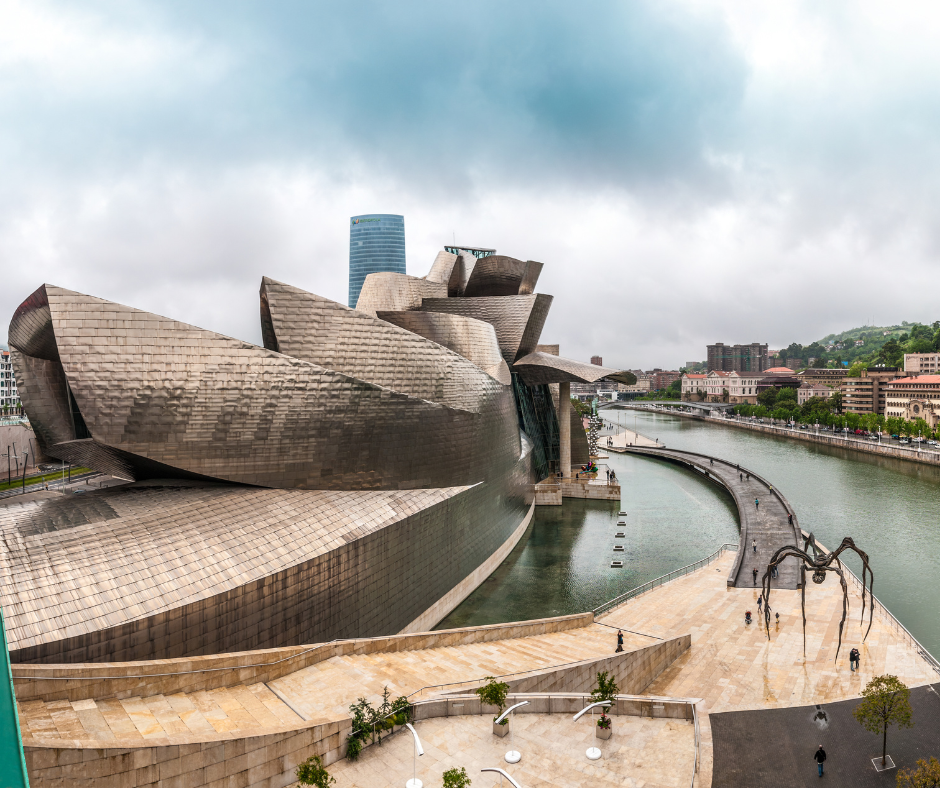

While not located in the United States, this museum was designed by an American architect, so we have included it in our list. Designed by renowned Canadian-American architect Frank Gehry, the Guggenheim Museum Bilbao is an exemplary piece of groundbreaking 20th-century architecture. Located with a total area of 24,000 square meters, including 9,000 square meters dedicated to exhibition spaces, Gehry’s creation serves as both an audacious configuration and an innovative backdrop for the showcased art. Commissioned by the Solomon R. Guggenheim Foundation, Gehry’s vision for the museum was encouraged to be daring and innovative.
The exterior of the building features captivating curves designed to catch the light randomly, creating a visually striking effect. The interior revolves around a large, light-filled atrium named The Flower, providing views of Bilbao’s estuary and the surrounding Basque country hills. When the museum opened in 1997, it was immediately celebrated as a masterpiece of the 20th centur, earning acclaim for its Deconstructivist style. Philip Johnson hailed it as “the greatest building of our time,” and critic Calvin Tomkins likened it to a “fantastic dream ship of undulating form in a cloak of titanium.”
Fuel your creative fire & be a part of a supportive community that values how you love to live.
subscribe to our newsletter
*please check your Spam folder for the latest DesignDash Magazine issue immediately after subscription


Situated along the Nervión River in Bilbao’s ancient industrial heart, the museum seamlessly integrates into the urban context with its interconnecting shapes of stone, glass, and titanium. From the river, the building’s impressive form unfolds, featuring exhibition spaces distributed over nineteen galleries with diverse shapes and finishes. The successful and timely completion of the project was attributed to Gehry’s careful organization, realistic cost estimates and collaboration with building trades, setting it apart as a rare achievement in architectural construction.
The Pérez Art Museum Miami (PAMM), Miami
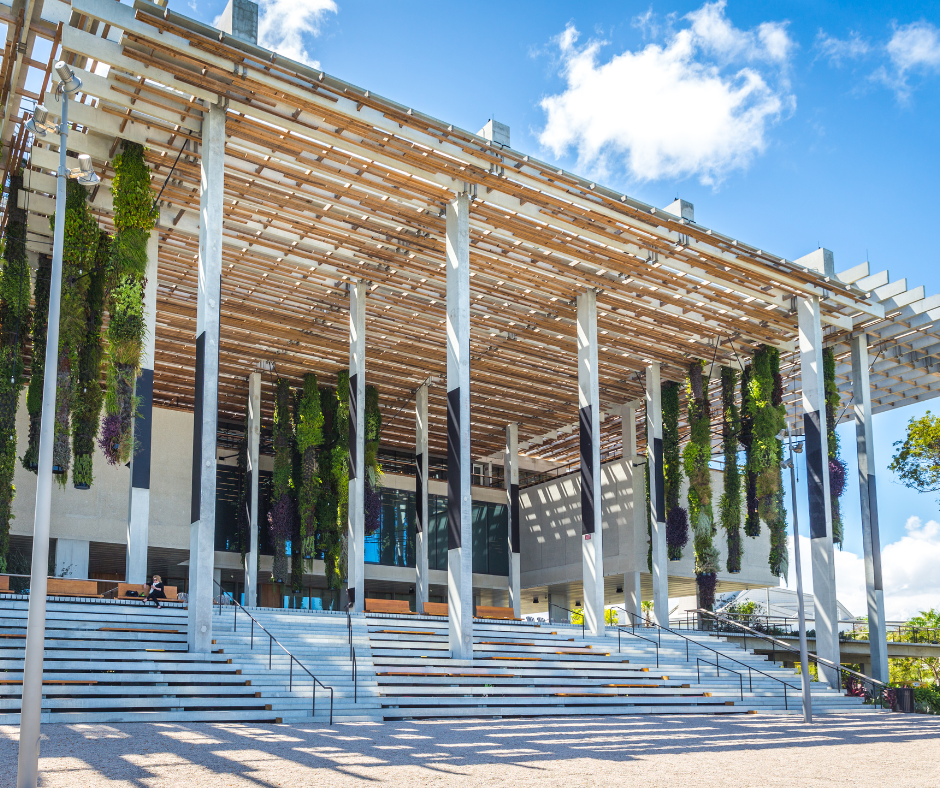

The Pérez Art Museum Miami (PAMM) has been designed and founded by Herzog & de Meuron. It is a symbol of sustainable galleries and tropical-inspired design that seamlessly blends nature and art within its structure. Situated in Museum Park, the museum overlooks Biscayne Bay, creating an open and inviting structure from all sides, symbolizing a departure from Miami’s traditional architectural styles.
In response to Miami’s iconic art deco district, Herzog & de Meuron aimed to harness the city’s extraordinary climate, lush vegetation, and cultural diversity in their design. Completed in 2014, the museum’s tropical modernism reflects Miami’s progressive spirit and natural environment. Departing from the prevalent Spanish Revival and Art Deco styles, the Pérez Art Museum Miami presents a breakthrough in the city’s architectural landscape.
The structure is raised above ground on stilts, protecting it from storm surge levels and utilizing the space underneath for parking. The design incorporates large galleria spaces with open spans achieved through a system of floor slabs and upturned beams, offering stunning views and enhancing the overall aesthetic. The building’s structural system, combining functionality and aesthetics, contributes to its unique identity.
Integrating Landscaping and Spatial Planning
Herzog & de Meuron’s landscaping approach aimed to create a balance between openness and protection from the elements. Canopies, terraces, and porticos founded and contributed to this balance, providing shade and cooler microclimates. Vertical planters suspended from the canopy and strategically placed throughout the site enhance the tropical allure, showcasing native plants.
PAMM’s spatial planning includes four gallery types – Overview, Focus, Project, and Special Exhibition – fostering fluid connectivity and relationships between spaces. The museum’s sustainability features earned it a LEED Gold certification in 2015. The exterior canopy reduces cooling loads, and hanging gardens irrigated by collected rainwater contribute to water conservation. The underfloor air distribution system enhances energy efficiency, and waste heat recovery is employed for dehumidification.
Overall, the Pérez Art Museum Miami stands as a beacon of sustainable architecture, successfully integrating nature, art, and modern design to create a cultural landmark in Miami’s evolving architectural narrative.
Architectural Innovation and the Museum Experience
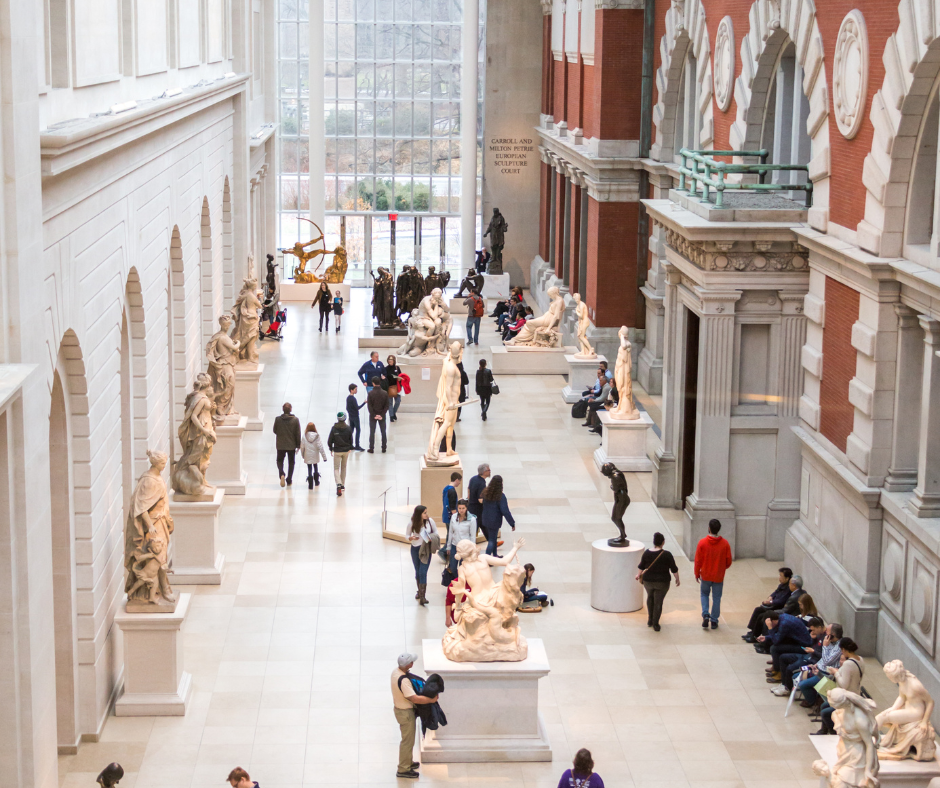

Architectural innovation is a cornerstone in shaping the museum experience, orchestrating a profound impact on visitor engagement through a myriad of unique features that both captivate and inspire. Consider the strategic use of natural light, where large skylights or carefully positioned windows create a dynamic interplay, casting intriguing shadows and illuminating exhibits. This not only enhances visibility but also establishes a sensory connection with the environment.
Spatial design is another critical element. It transforms museum interiors into immersive environments. Thoughtful layouts guide visitors through curated spaces with a deliberate flow, orchestrating an emotional and intellectual journey. The arrangement of exhibits and architectural elements becomes a narrative in itself, fostering curiosity and evoking varied emotions as visitors progress.
Materials used in architectural innovation contribute significantly to the overall completed experience. Imagine textured walls that beckon to be touched, providing a tactile experience that deepens the connection between visitors and the exhibits. Carefully selected materials not only serve aesthetic purposes but also engage the senses, enriching the cultural exploration.
In museum architecture projects, the focus on accessibility and inclusivity is paramount. Ramps and elevators seamlessly integrate into the design, ensuring that visitors of all abilities can navigate the space effortlessly. Tactile elements, such as braille signage or touchable replicas, contribute to a welcoming environment, fostering a sense of belonging among diverse audiences.
Beyond aesthetics, architectural innovation in museums catalyzes meaningful interactions. The design encourages shared experiences, cultural exploration, and the exchange of perspectives among a diverse array of visitors. The architecture of the projects becomes an integral part of the storytelling, enriching the overall museum experience and leaving a lasting impression on those who traverse its carefully crafted spaces.
Challenges and Controversies in Museum Architecture
Preservation Challenges
Museum architecture confronts the perpetual challenge of preserving historical buildings while meeting contemporary needs. In new museums designers and architects navigate a fine line between honoring the historical fabric of structures and integrating modern functionality.
Budgetary Influences
Budget constraints significantly impact the scope and complexity of museum architectural design. Financial limitations force architects to find creative solutions, ensuring that functionality and aesthetic appeal are maintained within restricted resources.
Controversial Designs: Pushing Boundaries and Public Reception
Controversial designs in museum architecture can trigger public debates. The clash between avant-garde designer visions and traditional expectations poses challenges, requiring architects to strike a balance to ensure museums remain culturally relevant, financially viable, and respectful of historical and societal contexts.
Future Trends in Museum Architecture
Sustainability and Green Design
A commitment to sustainability and green design increasingly drives future trends in museum architecture and breathes new life in the projects. Architects are incorporating eco-friendly materials, energy-efficient systems, and environmentally conscious construction practices. From green roofs to solar panels, museums are embracing sustainability to reduce their environmental footprint and promote responsible architecture.
Technological Advancements
The integration of cutting-edge technology is transforming museum architecture. Interactive exhibitions including sculptures and arts objects, augmented reality installations, and immersive digital experiences redefine the visitor’s journey are noted in their overall ambiance. Architects leverage advancements like 3D printing and virtual reality to create dynamic and engaging spaces, enhancing the overall museum experience.
Addressing Cultural and Societal Challenges
The role of museum architecture is evolving to address broader cultural and societal challenges. Architects are conceptualizing spaces that foster inclusivity, diversity, and dialogue. Museums are becoming platforms for social change, and their architecture reflects this shift, emphasizing flexibility and adaptability to accommodate evolving cultural narratives and societal needs. As cultural hubs, museums are poised to influence and shape conversations about identity, heritage, and the challenges of our times through thoughtful architectural interventions.
Final Thoughts on the Impact of Museum Architecture
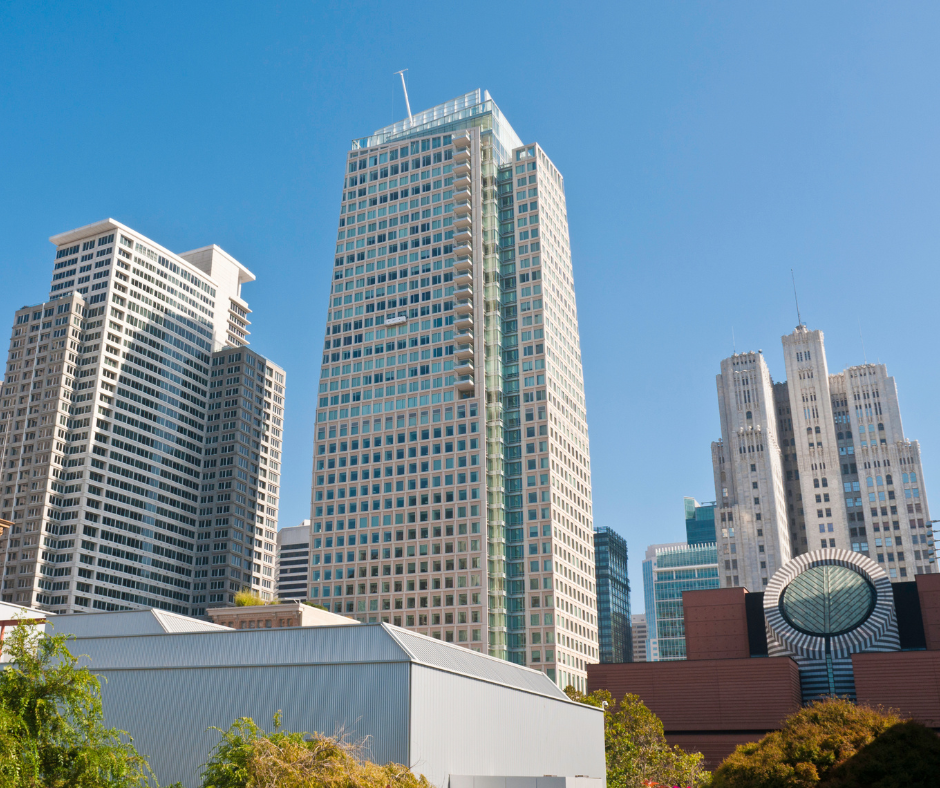

The U.S. boasts a diverse landscape of museum architecture, each a unique masterpiece. From the Guggenheim’s iconic spiral to the Getty Center’s modernist elegance, these structures stand as testaments to human creativity.
The National Museum of African American History and Culture’s symbolic design and the Pérez Art Museum Miami’s tropical modernism redefine cultural spaces. With every new exhibition these museums house, we delight in the architecture of such incredible buildings. From Chicago to New York to Miami to California, the United States is a hotspot for iconic, pioneering architecture.
We urge readers to marvel at these architectural wonders and let us know what they think in the comments below!
By Anila Hasnain.
accepting new mastermind applications
For Fall ’24
Get unstuck. Find fulfillment. Rediscover your passion for the design industry we all love! Be one of the first to join our next exclusive, curated cohort of creative women and find support like you’ve never had before.









